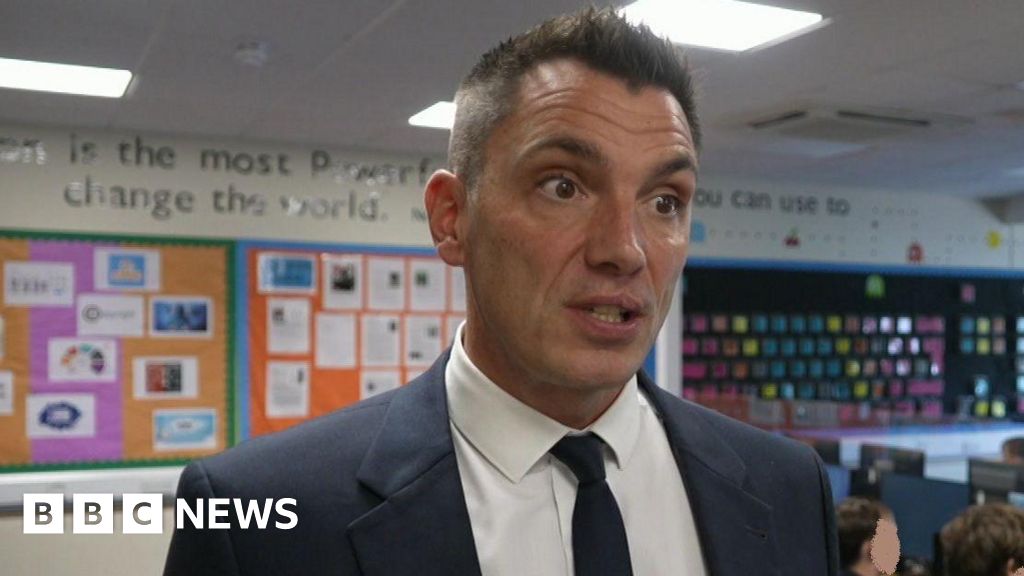UK doctors warn that heavy energy drink consumption may increase stroke and cardiovascular disease risk, following a BMJ case involving extreme daily caffeine intake.

A daily habit of multiple high-caffeine energy drinks may…

UK doctors warn that heavy energy drink consumption may increase stroke and cardiovascular disease risk, following a BMJ case involving extreme daily caffeine intake.

A daily habit of multiple high-caffeine energy drinks may…

 BBC
BBCPeople needing hospital treatment in parts of Cumbria are being asked to wear a face mask if they have symptoms of flu or other…

The global elderly population is projected to reach 15.9% by 2050, with higher rates in industrialized countries.1 The occurrence of pelvic fragility fractures is increasing due to aging of populations, osteoporosis and falls.2 The…


A secondary school has been closed for two days because of an outbreak of flu and streptococcus infection.
Head teacher of Budehaven Community School in Bude, Dominic Wilkes, said there had been more than 270 pupils and 32 members of staff off…

While chronic illnesses are becoming common among people at an alarming rate, we are far from experts at recognising the earliest signs of trouble.

Feeling bloated, heavy, or as if you’ve suddenly gained five kilos right before your period is a familiar experience for many – only for everything to return to normal once menstruation begins. That “mystery weight” isn’t fat at all,…

Scientists have developed platelet-inspired nanoparticles that deliver anti-inflammatory drugs directly to brain-computer interface implants, doubling their effectiveness.

Scientists have found a way to improve the performance of…